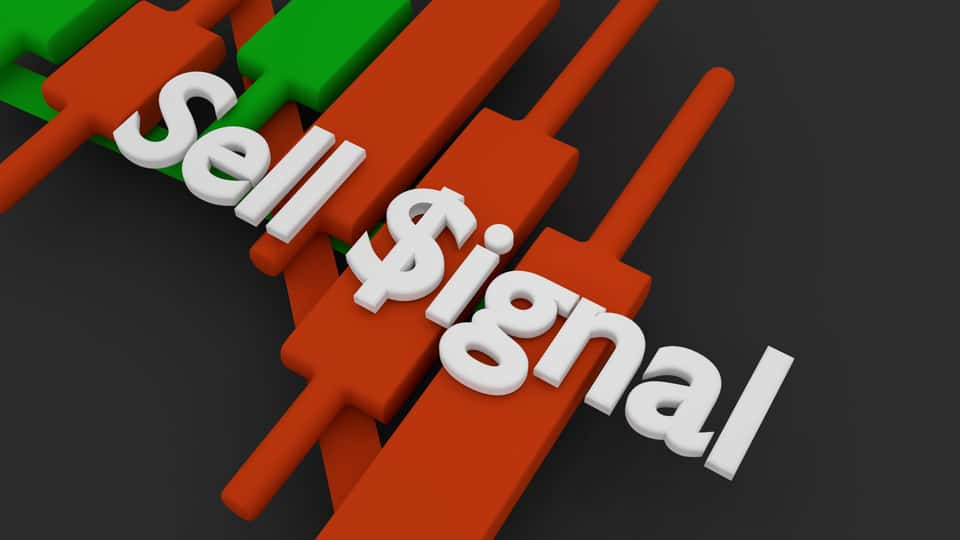Electric vehicles (EVs) are expected to be “the next big thing,” in the clean energy revolution. The EV industry is currently banking its success on government regulations that ban the sale of internal-combustion cars over the next couple of decades and an increasing general awareness of climate change worldwide.
It has been one of the best performing industries over the past year, despite most companies having to halt their production completely because of the global lockdown last year. Investor sentiment has been the driving force behind industry growth as reflected by S&P Kensho Electric Vehicles Index’s 182.3% gain over the past year. In fact, the index has gained 11.6% over the past 11 days, which is impressive.
However, some market observers now perceive the sector as an asset bubble. Stellar IPOs through direct listing and reverse mergers have allowed some companies to gain more than double digits in a relatively short span of time. However, absent substantial technological backing or production capacity, these stocks may be little more than hollow momentum bets.
The biggest example of this is Nikola Corporation (NKLA), which hit its all-time high within five days of trading. But as the technological limitations and fraudulent promises made by the company were revealed, the stock plummeted. Investors are gradually becoming careful about small EV companies following NKLA’s downfall. A similar startup, Fisker, Inc. (FSR), registered 49.9% gains over the past year, despite launching no vehicles in the market.
Chinese EV manufacturer Xpeng, Inc. (XPEV) is currently facing the brunt of the sour trade relationship between the U.S. and China. As Biden’s stance on trade relations with its Eastern competitor is still unclear, American Depository Receipts (ADRs) of Chinese companies are likely to decline soon.
Nikola Corporation (NKLA)
NKLA made headlines earlier this year when it went public through a SPAC with blank check company Vector IQ. The company designed a first-of-its-kind hydrogen fuel-cell powered electric trucks, which quickly became a big hit. As investors bought into the hype, NKLA gained 178.5% within five days of its public debut on June 4 to hit its all-time high of $93.99.
However, with Hindenburg Research’s release of an article stating several occasions of misconduct by the company and its CEO Trevor Milton, the bubble quickly burst. The company allegedly falsified the type of technology used in its production to sway investors and published misleading reports regarding the progress in production. Following these allegations, Milton resigned in September.
To rebuild its tainted reputation, NKLA announced a partnership with General Motors (GM) in September. In this deal , GM was supposed to acquire an 11% stake in NKLA and be a major supplier of hydrogen fuel-cells for NKLA trucks. However, the deal fell through in November–GM dropped the acquisition clause from the deal. The two companies have now signed a non-binding Memorandum of Understanding (MoU) under which GM will supply Hydrotec fuel systems for NKLA’s semi-trucks. Also, Republic Services ended its partnership agreement with NKLA to develop Refuse trucks on December 23rd.
NKLA is currently facing a class action lawsuit for violations of the Securities Exchange Act, filed in November last year. The company is also being evaluated by shareholder rights law firm Johnson Fistel LLP for potential federal securities violations on or before May 8. Following these developments, NKLA has declined 6.2% over the past month.
NKLA is still constructing its manufacturing facilities in Coolidge and Arizona, following which EV production should begin. It expects the manufacturing center to become operational this year, while the Coolidge facility should be ready to begin production by 2022 at the earliest. The company reported a loss from operations of $117,299 in the third quarter ended September 30,2020. Its net loss amounted to $117,469, while net loss per share was $0.31.
Analysts expect NKLA to report negative EPS through the end of 2021. However, the consensus revenue estimate of $62.48 million for fiscal 2021 indicates an 89,157.1% rise year-over-year. NKLA has declined 67.3% over the past six months.
NKLA’s bleak outlook is reflected in its POWR Ratings. It is rated “Sell” with an “F” for Trade Grade and Buy & Hold Grade, and a “D” for Peer Grade. It is currently ranked #42 of 53 stocks in the Auto & Vehicle Manufacturers industry.
XPeng Inc. (XPEV)
XPEV is one of the most popular names in the Chinese EV industry. Founded in 2014, the company listed its shares on the NYSE in August last year. XPEV listed 85 million American Depositary shares, raising approximately $1.50 billion.
XPEV’s vehicle deliveries increased 265.8% year-over-year in the third quarter ended September 30, 2020. The company reported record monthly delivery of 5700 vehicles in December, up 326% from the year-ago value. Its revenues have increased 342.5% from the same period last year to RMB1,990.10 million. However, despite such impressive sales and vehicle delivery figures, XPEV has yet to turn a profit. XPEV’s net loss increased 48% from the prior year quarter to RMB1,148.80 million. The company also reported a net loss of RMB5.07 per share over this period.
XPEV partnered with Livox on December 31 to implement Lidar technology in its 2021 production models. While this gives the company a strategic entry point into the autonomous EV industry, it will face intense competition from popular players such as Tesla, Inc. (TSLA). Apple, Inc. (AAPL) also announced its plans to launch self-driving cars by 2024, which should threaten XPEV’s market reach, given the former’s brand loyalty.
Analysts expect XPV’s EPS to remain negative in fiscal 2021. Moreover, the company’s EPS is expected to decline at a rate of 5.2% per annum over the next five years. The consensus revenue estimate of $2.16 billion for the current year indicates a 152.1% improvement year-over-year.
Also, a new U.S. law requiring Chinese companies to comply with U.S. auditing standards is expected to temporarily affect XPEV’s operations in the U.S. Considering these developments, XPEV declined 6.7% over the past month, reflecting short-term bearishness. Moreover, the stock is currently trading below its 50-day moving average of $48.99, which does not indicate a significant uptrend in the stock.
Fisker, Inc. (FSR)
Founded by Henrik Fisker, FSR made its public debut through a reverse merger in October. The company went public through an SPAC with Apollo Global Management affiliated Spartan Acquisition Energy Corporation on October 30, making it one of the newest players in the electric vehicle market. The company generated $1 billion in cash through the merger, including $500 million through common stock PIPE funding.
FSR is expected to launch a Fisker Ocean vehicle in the fourth quarter of 2022, and three vehicles by 2025. The company recently partnered with auto supplier Magna International to supply the vehicle platform and build its Ocean SUV. It plans to launch its debut EV Ocean with autonomous driving features, integrated through the Fisker Intelligent Pilot.
On October 21st, FSR announced a strategic partnership with Viggo Sign for the delivery of 300 vehicles in the fourth quarter of 2020. Earlier, in July, FSR announced advanced talks with Extreme E for a potential strategic partnership and works team entrance.
FSR has gained 70.1% since its market debut late October. However, the company does not have adequate financials to justify his growth because it is still in the production phase and has yet to launch a vehicle in the market.
With many analysts questioning the unrestricted growth of the EV markets and the potential of an asset bubble, investors have started pulling back from companies that reflect unsustainable growth prospects. FSR thus plummeted 11.5% over the past month.
Analysts expect FSR’s EPS to decline 60.7% this year. Moreover, as the commercial launch of Fisker Ocean is scheduled for the fourth quarter of next year, it is unlikely that FSR will generate any revenues in fiscal 2021.
FSR is rated “Sell” in our POWR Ratings system, with a “D” for Trade Grade, Buy & Hold Grade and Peer Grade. It is currently ranked #44 in the same industry.
Want More Great Investing Ideas?
9 “MUST OWN” Growth Stocks for 2021
5 WINNING Stocks Chart Patterns
7 Best ETFs for the NEXT Bull Market
NKLA shares were trading at $17.03 per share on Monday afternoon, down $0.72 (-4.06%). Year-to-date, NKLA has gained 11.60%, versus a 1.36% rise in the benchmark S&P 500 index during the same period.
About the Author: Aditi Ganguly

Aditi is an experienced content developer and financial writer who is passionate about helping investors understand the do’s and don'ts of investing. She has a keen interest in the stock market and has a fundamental approach when analyzing equities. More...
More Resources for the Stocks in this Article
| Ticker | POWR Rating | Industry Rank | Rank in Industry |
| NKLA | Get Rating | Get Rating | Get Rating |
| XPEV | Get Rating | Get Rating | Get Rating |
| FSR | Get Rating | Get Rating | Get Rating |






